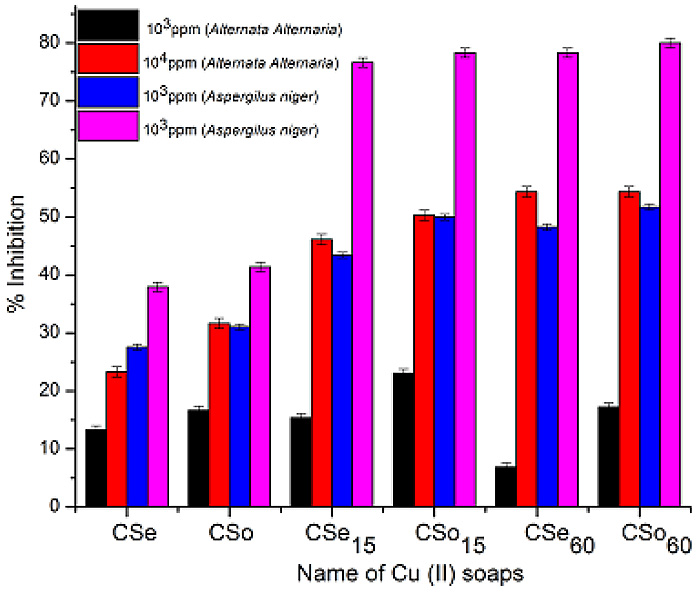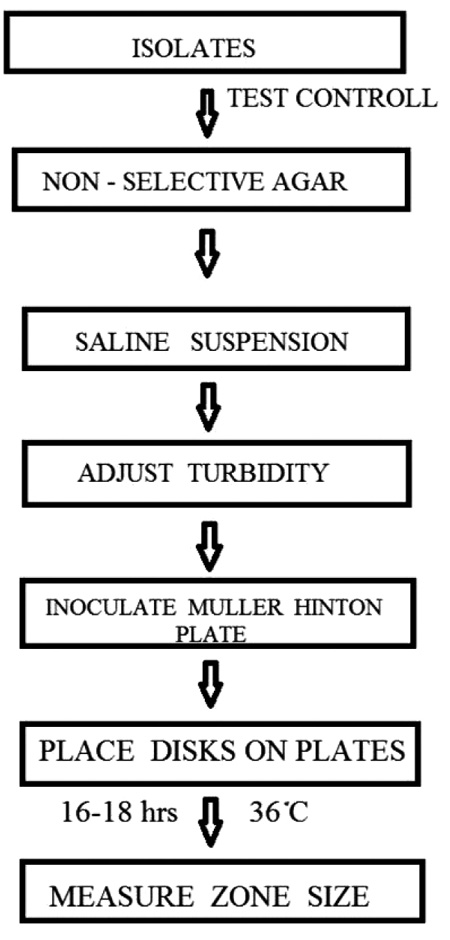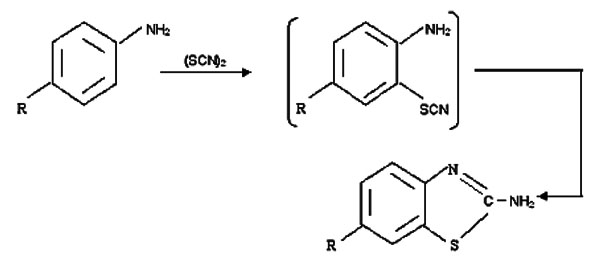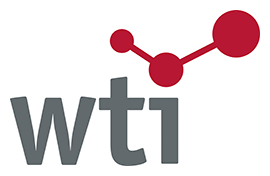RESEARCH ARTICLE
Antioxidant Capacity and Free Radical Scavenging Effects on Nigerian Pineapple (Ananas cormosus) and Orange (Citrus sinensis) Pulp Extracts at Different Levels of Ripeness
Stella Chintua Ortutu1, Matthew Olaleke Aremu2, *
Article Information
Identifiers and Pagination:
Year: 2016Volume: 3
First Page: 25
Last Page: 30
Publisher Id: PHARMSCI-3-25
DOI: 10.2174/1874844901603010025
Article History:
Received Date: 05/09/2015Revision Received Date: 01/01/2016
Acceptance Date: 06/04/2016
Electronic publication date: 05/05/2016
Collection year: 2016
open-access license: This is an open access article licensed under the terms of the Creative Commons Attribution-Non-Commercial 4.0 International Public License (CC BY-NC 4.0) (https://creativecommons.org/licenses/by-nc/4.0/legalcode), which permits unrestricted, non-commercial use, distribution and reproduction in any medium, provided the work is properly cited.
Abstract
Background:
There is a need to shift interest from the use of synthetic antioxidants which are harmful to the use of natural antioxidants from fruits and vegetables for the prevention of lipid oxidation.
Objective:
The total polyphenols, flavonoids, lipid-soluble antioxidants (CALT) and radical scavenging ability of the pulp extracts of pineapple (Ananas cormosus) and orange (Citrus sinensis) were investigated at different maturation stages for the purpose of determining their antioxidant capacity and the possibility of using these fruits at every maturation stage for the prevention of lipid oxidation.
Methods:
The pulps of these fruits were extracted at different levels of ripeness; unripe (UR), about to ripe (AR) and ripe (RP). The extracted pulps were freeze-dried and used for the analysis. The total phenol content was determined by spectrophotometry (Folic Ciocalteu’s method) while 1, 1-diphenyl-2-picrylhydrazyl (DPPH) was used for the radical scavenging ability. The various antioxidant capacities were compared with standard antioxidants such as gallic acid, rutin, α-tocophenol and ascorbic acid.
Results:
The results showed that the two edible fruits investigated at different levels of ripeness possess high quality antioxidants (those that can scavenge free radicals, function as metal chelators or donate hydrogen atoms). Radical scavenging ability of the fruit pulps was significantly affected (P < 0.05) by the different level of ripeness.
Conclusion:
The unripe fruits had the highest antioxidant properties suggesting that the antioxidant capacity of the fruits decreased as the fruits ripened.














